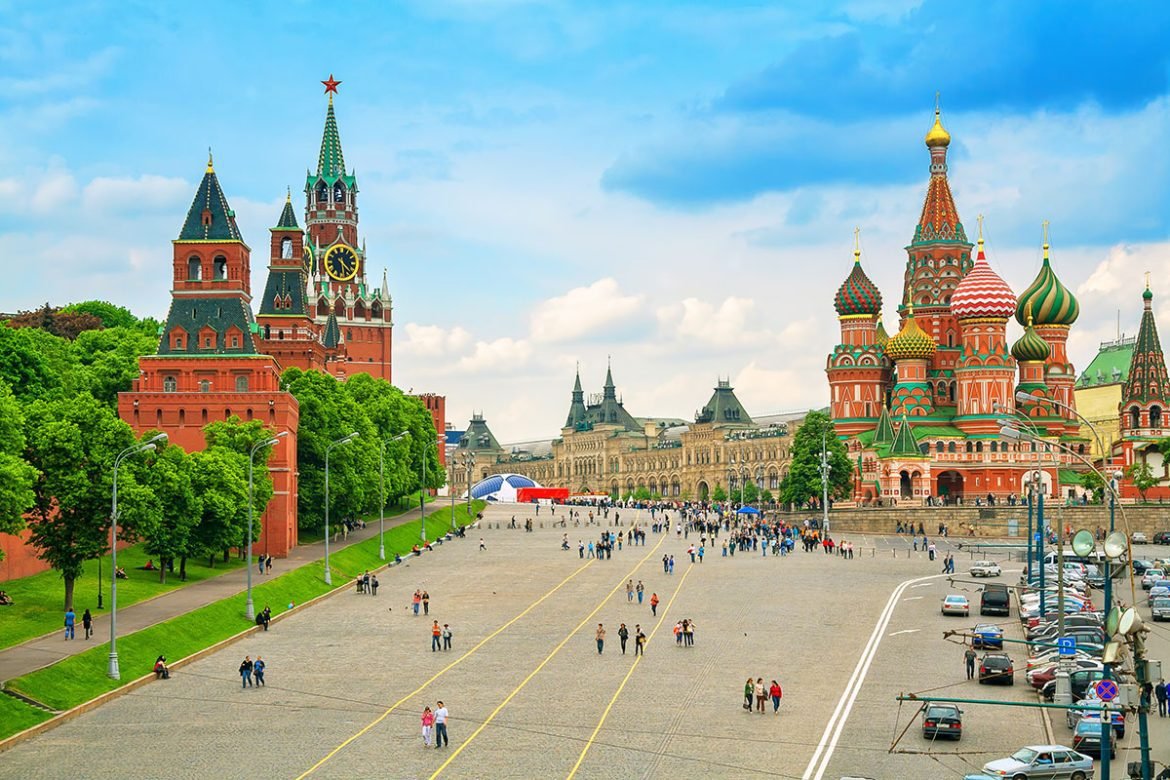Russia is the biggest nation in terms of land area, spanning almost 5,000 kilometres from west to east. Its western neighbours are Norway and Finland; its eastern neighbours are Estonia, Latvia, Lithuania, Belarus, and Ukraine; its southwestern neighbours are Georgia and Azerbaijan; and its eastern and southern neighbours are Kazakhstan, China, Mongolia, and North Korea. Despite its location in Asia, the vast majority of Russia’s population lives in the European section of the country, and European cultural influences may be seen across the country.
Russia is a diverse country with a wide range of landscapes and activities for visitors of all interests, from the icy tundra of Siberia to the volcanic areas and the lively cities in between. Moscow and St. Petersburg, which are the country’s two biggest cities, have the most tourist attractions and are therefore recommended.
Red Square and the magnificent St. Basil Cathedral are just two of the many famous sights in Russia’s capital city, Moscow. The Kremlin, a large walled complex of administrative buildings and palaces where the Russian president resides, can be found not far from Red Square as well.
The Winter Palace, a symbol of Imperial Russia’s riches and power, is one of St. Petersburg’s most popular landmarks. The Heritage Museum is the largest museum in the world, with over three million objects of art and artefacts from Europe, Asia, and Russia.
The Kamchatka Peninsula is well-known outside of urban areas for its volcanic landscape, hot springs, geysers, and abundance of animals. Kizhi Island, in the middle of Lake Onega, is like a big outdoor museum filled with houses and relics from the time period, all of which tell the story of life on the Russian countryside in the past.
Due to the country’s sheer size, rail travel is a viable option for getting across Russia. The Trans-Siberian Railway trip spans the full length of Russia, making for a wide variety of intriguing attractions and breathtaking scenery along the route.



